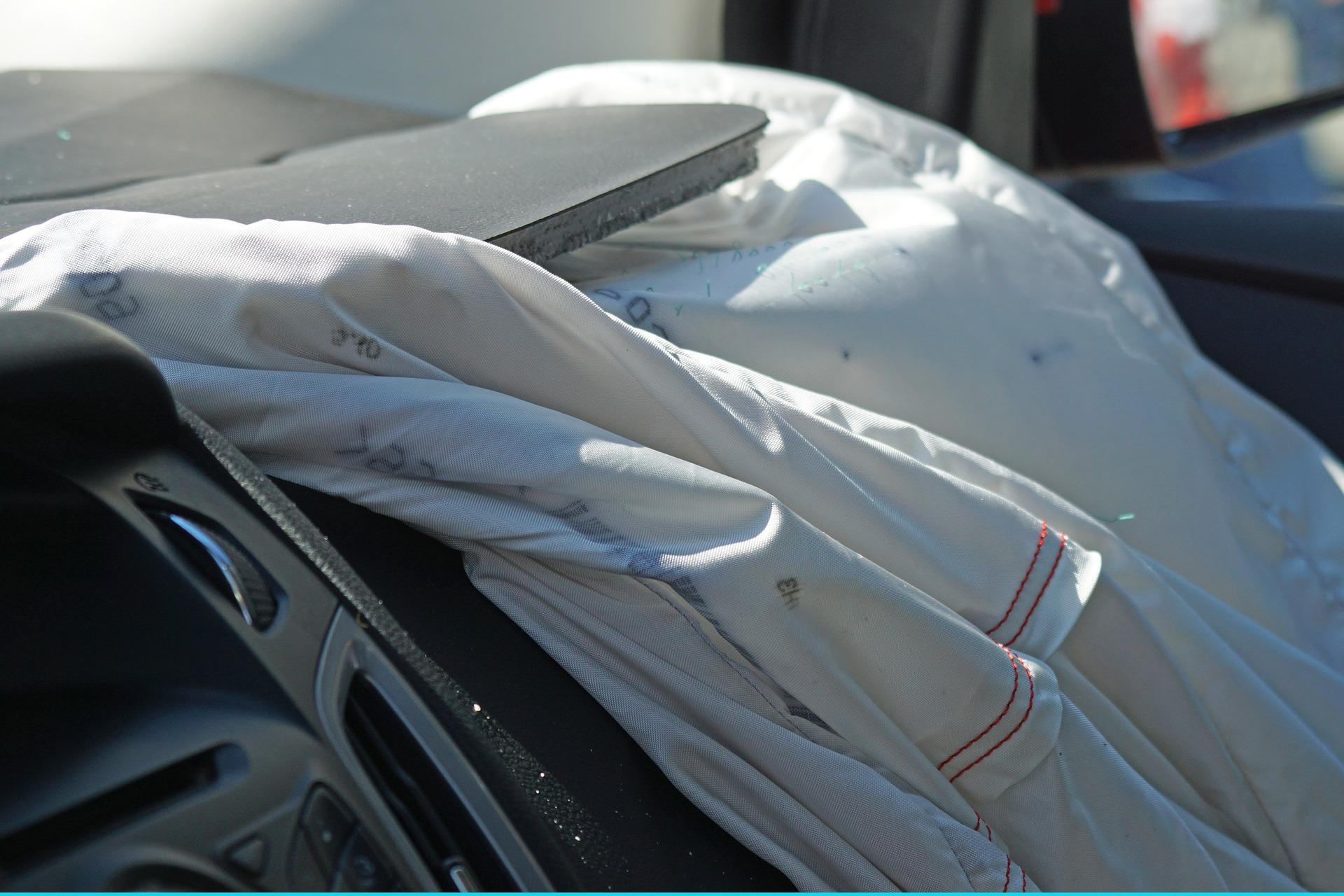The wife of a utility worker in Pennsylvania has filed a wrongful death lawsuit against Honeywell and others over a deadly home explosion. The lawsuit brings forth product liability claims related to Honeywell’s Permalock mechanical tapping tee that connected a natural gas line to a home in Lancaster County, Pennsylvania.
The lawsuit claims that Honeywell’s tapping tee was defectively designed and sold to consumers without installation instructions or sufficient warnings. These defects, according to the lawsuit, made the tapping tee unsafe and dangerous, as it was prone to detaching from the gas line.
The lawsuit contends that the massive explosion occurred due to these defects. The taping tee allegedly leaked explosive levels of gas that ignited. The blast destroyed the home and killed the utility worker.
The plaintiff, Kim Bouder, claims that Honeywell knew about the tapping tee’s defects and was responsible for at least two other prior explosions from gas leaks, including one involving a fatality.
The explosion has been part of an ongoing investigation by the National Transportation Safety Board (NTSB). The board issued a Safety Recommendation Report that linked the gas leak to deficiencies in Honeywell’s installation instructions and fractures in the tapping tee’s nylon bolts. The NTSB made recommendations to Honeywell to update instructions with more detailed information to ensure the installation is correct and to prevent gas leaks.
“This product should never have made its way to the market, and Honeywell failed to take sufficient actions to remedy the defects,” the plaintiff’s lawyer said. “Kim Bouder’s husband went to work that day and never came home.”
The lawsuit says the tapping tee was defective and dangerous because it “utilized nylon bolts as its connection that were deficient in strength and overly susceptible to failure, fatigue and fracture with normal and expected usage.” Instructions provided by Honeywell do not specify the torque levels or specific tools needed for safe installation of the component.


